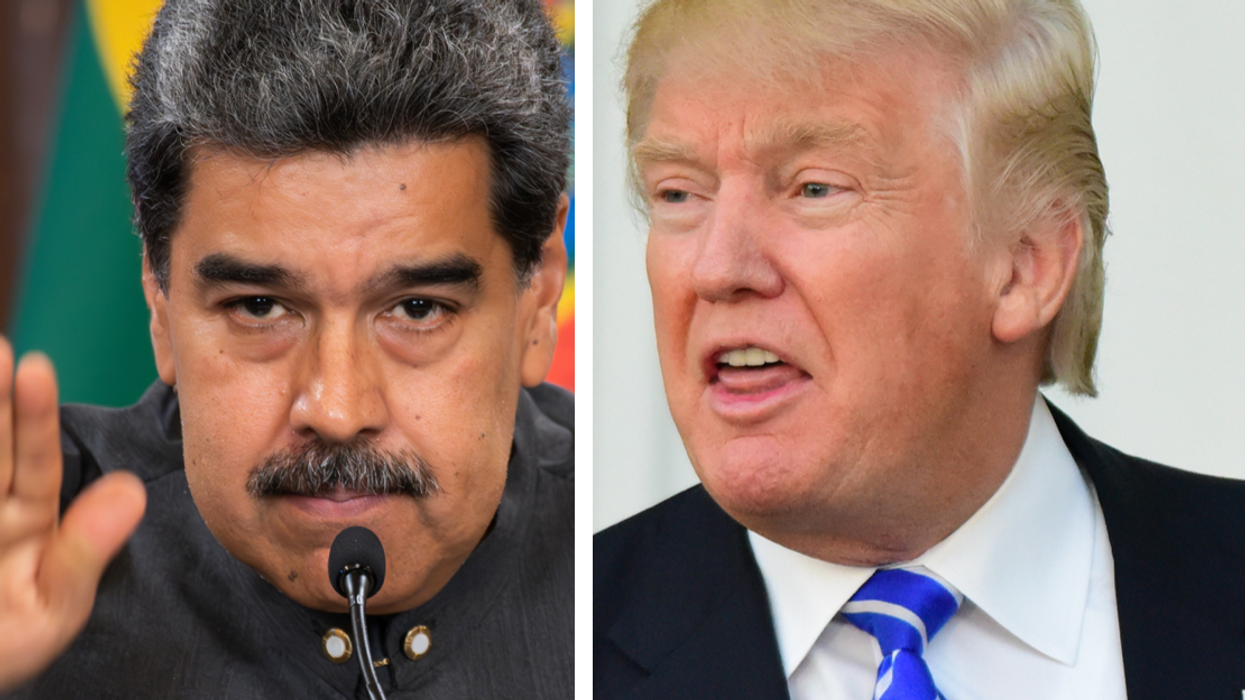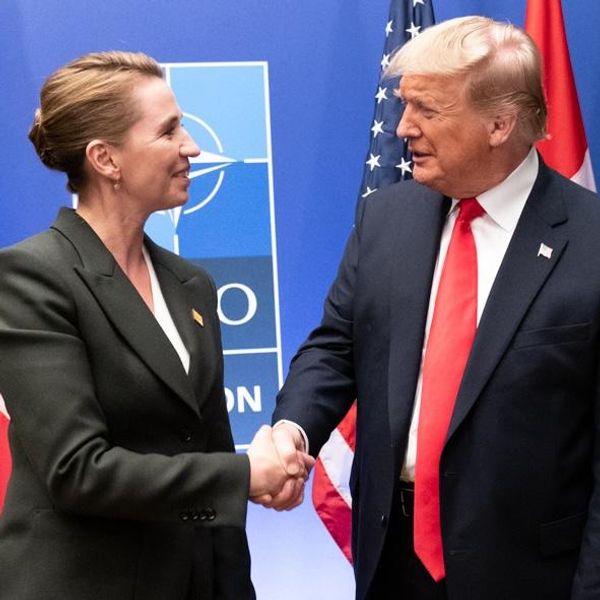The Quad foreign ministers meeting in Australia on Friday was the first higher-level meeting since the leaders summit in September last year, which in turn was preceded by a virtual summit of leaders last March. So, what’s new this time around?
The bottom line: the Quad remains missing in action when it comes to delivering on concrete accomplishments, even as the United States is encountering roadblocks in the struggle to enlist India further in its containment strategy toward China and Russia.
The usual "freedom of navigation" and "rules based order" obligingly showed up in the joint statement that came out of the ministerial meeting, as did the ritual reference to "ASEAN centrality.” Tough words on North Korea were there, too, as they were in the 2021 leaders’ statement. Also (very indirectly) referenced was the role of Pakistan, with a mention of past terrorist attacks in the Indian cities of Mumbai and Pathankot.
In the subsequent press conference, Secretary Blinken expectedly lambasted Russia on Ukraine. Less sharply, so did his Australian counterpart Marise Payne. Australia has generally not been shy to raise the issue of Taiwan, both on its own and jointly with the United States.
The Japanese foreign minister also expressed "grave concern" over Russia's buildup in an earlier bilateral meeting with Blinken. Japan has moved closer to US-led strategies on China of late, with Taiwan referenced in a joint statement last year from last year’s e summit between President Biden and Prime Minister Suga. Japan has also deepened bilateral security ties with Australia with a new logistics pact between their militaries. And, though domestic anti-nuclear sentiments likely rule out any Japanese participation in the nuclear dimension of AUKUS, Japan is keen to get involved in other ways in the tripartite agreement.
Despite this, the Ukraine crisis did not make it into the Quad ministerial joint statement. Nor did Taiwan. Even China was referenced only indirectly, as has been the case in all previous Quad communiques.
What gives? The reality is that when it comes to the Quad, it takes four to tango. And India is the chief dissenter when it comes to key issues — most starkly, on Russia-Ukraine, in which India has, to the consternation of Washington, tilted towards Moscow. In the pre-event press conference, the Indian foreign minister refused to answer a question on the Ukraine crisis, retorting that "this meeting is focused on the Indo-Pacific...I'm sure you understand geography."
But China, not Russia, is the core and original rationale for the U.S.-India convergence and the formation of the Quad. Indo-U.S. military-to-military cooperation has deepened substantially over the past few years, including the "shadow Quad" Malabar exercise. At the same time however, India has also routinely stressed that the Quad is "for something, not against somebody," and has insisted on calling it "inclusive." India is also reportedly opposed to the expansion of the Quad. The United States is keen on growing its membership — South Korea, among others, is apparently being cajoled to join.
Thus, India is both a participant and a retardant of the U.S.-led China-containment push. This paradoxical behavior is explained by India's difficult and hemmed-in strategic situation. New Delhi's desire to be tougher on China is constrained by major vulnerabilities on its land borders post-2020 clashes with Beijing, the additional threat from Pakistan, India’s enduring economic dependence on China, and it's deep ties to Russia.
And the Russia-India partnership, always strong, appears to be growing in India's priorities. India may have realized Russia’s immense value as a back-channel to limit China's more assertive plays. This gives Moscow unique leverage in the subcontinent that the United States lacks.
All these divergences within the Quad are compounded by the fact that the grouping hasn't actually delivered on anything concrete after more than four years into its second wind. The plan to distribute more than a billion vaccines by the end of this year is its first serious project, though joint deliveries haven’t begun in earnest yet.
In other words, the Quad still remains more a talk-shop than a do-shop. The one glaring exception of course, is its shadow military activity under the aegis of the Malabar exercise that the grouping refuses to officially own. This is both an underwhelming and — to China — a provocative move of informal military alliance-building.
So, how can the Quad help and not hinder? It should walk its talk. As I wrote last year, if the Quad demilitarizes, makes a genuine effort to include both China and ASEAN in arenas such as on climate change, and delivers on its public goods promises, it can still emerge as a constructive actor in Asia.
But that will first require Washington to start kicking its primacist addiction.
















